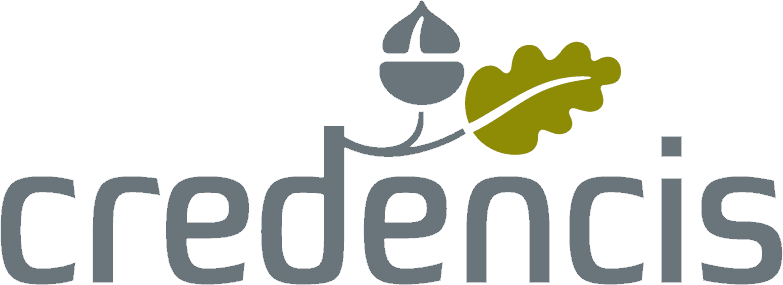Employees
It is worthwhile reading the information on the rest of this website to have an understanding about what is expected from an employer and what auto enrolment means.
Each company will have been allocated a staging date, a date whereby they must start enrolling eligible workers into their company pension and make contributions.
The employer has several duties, one of which will be to provide each worker with an enrolment pack which will detail the information about the pension scheme and the employee’s rights.
An employee’s rights will be dependent on what category of worker you are.
An Eligible Worker
A Non-Eligible Worker
An Entitled Worker
You will be aged between 18 and state retirement age and have qualifying earnings payable by the employer (in the relevant pay reference period) that are above the earnings trigger for automatic enrolment (currently £10,000).
Contributions into the pension will have to be made by the employer (see below) and any shortfall will have to be made by you, the employee. So for example, if the minimum overall contribution is 8% of qualifying earnings (explained later) and your employer pays the required minimum of 3% then you, the employee must pay 5%, less tax relief.
As an eligible worker you will have the right to opt out of the pension scheme, but you will be automatically enrolled back in again after a period of 3 years from your original enrolment date. Any contributions made, could be repaid subject to opting out within the op-out window.
A non-eligible worker will be aged at least 18 and under 75 and have qualifying earnings payable by the employer (in the relevant pay reference period) that are above the lower earnings level for qualifying earnings (currently £6,032) but below the earnings trigger for automatic enrolment (currently £10,000)
Aged at least 16 and under 22 or between state pension age and under 75 and have qualifying earnings payable by the employer (in the relevant pay reference period) that are above the earnings trigger for automatic enrolment (currently £10,000).
As a non-eligible worker, you will not be automatically enrolled into the pension scheme, however you have the option to join and if you do, your employer must also contribute the minimum level.
An Entitled worker is ‘entitled’ to join a pension scheme however the employer does not have to make any contribution. These are workers who are aged at least 16 and under 75 and have qualifying earnings payable by the employer (in the relevant pay reference period) that are below the lower earnings level for qualifying earnings currently (£5,824).
Qualifying earnings are earnings paid for by your employer in the relevant pay period (likely to be the tax year) that are between £5,824 and £42,385. The contributions that are payable from the employer and employee into the pension are a percentage of this band of earnings. (Levels are subject to change).
From October 2012, the minimum amount payable into the scheme is 2% of qualifying earnings of which 1% must be paid by the employer as a minimum. The employer can choose to pay more but the shortfall must be paid by the employee.
From October 2016 this increases to an overall minimum of 5% with at least 2% from the employer and then from October 2017 onwards, 8% minimum with at least 3% from the employer.
The pension scheme that an employer must provide for its members must meet specific criteria. The government default scheme is called NEST, the National Employment Savings Trust. There is a link on our website for this. Whilst many employers may opt for this scheme, there will be others who either utilize their existing company pension scheme or look to set up a new one.
Rather than list and detail all the options that could be available, we would strongly recommend that each individual employee understands their employers scheme and the options available for investment.
An employer must ensure that the pension scheme has a suitable default fund for its employees, especially those who will be automatically enrolled into it without the benefit of choosing fund options prior to enrollment.
An employer must not give any advice to its employees on whether to join the pension or not. An eligible worker will be automatically enrolled, but can opt out but this must not be influenced by the employer, nor must the employer offer any advice to the employee.
Should the employee require advice, they must either seek guidance from The Pension Regulator or obtain advice from an Independent Financial Adviser.
